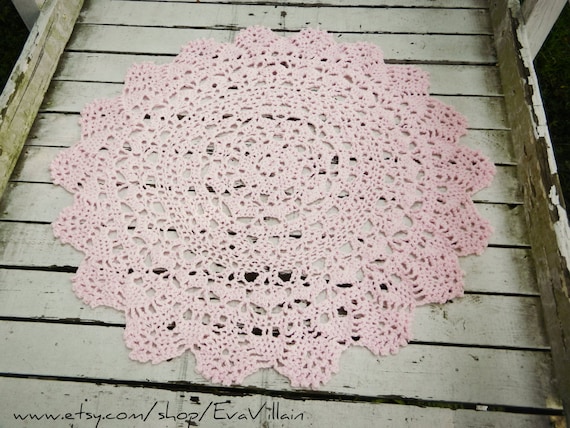Pumpkin Fritters Recipes
Happy Halloween to everyone. Today I thought I would share my recipe for Pumpkin Fritters 0 a very different kind of thing.
This is a South African thing - in my family we eat it with our main course, normally with chicken or lamb, even though the fritters are coated with sugar and cinnamon. Here in England I think that it would be preferred as a sweet dish. Either way, they are simply delicious, sort of like a pancake. At this time of year they are warming and wholesome, and so easy to make.
Recipe
Ingredients
500g of cooked pumpkin. (See my notes on how to cook the pumpkin)
200g plain flour
1 teaspoon of nutmeg
2 teaspoons of baking powder
A pinch of salt
1 teaspoon of soft brown sugar
1 egg
Sunflower oil for frying
For dusting
1 cup of granulated sugar
2 teaspoon of ground cinnamon
How to cook the pumpkin
I prefer to use butternut squash. Clean and peel the squash and scoop out the pips and stringy bits from the . (Did you know you can wash the pips and lay them on paper towel to dry.Then roast them in the oven at a high temp - say 200 deg C in the oven. Delicious.)
Cut the flesh into large clumps and steam in a colander or steamer until very soft. Allow to cool in the colander before using, so the excess liquid drains away.
Method
In a mixer, add the cooled pumpkin mixture, the dry ingredients and lastly the egg. Mix well. You may need to add more flour or liquid - you need to get a thick, but sloppy mixture that is fairly smooth.
Mix the cinnamon and sugar together in a small bowl.
Heat a 5 mm layer of oil in a heavy frying pan. Test the oil with a small drop of the pumpkin mixture. If it starts fizzing, it is hot enough and ready for cooking.
Drop a heaped tablespoon of the mixture into the frying pan, using a smaller spoon to help get it off the larger spoon and flatten the mixture a bit. Drop more fritters into the oil until the pan is full. Keep the heat steady - cook for about 3 minutes on one side, before flipping and squashing the fritter flat.
Drain on paper towel and then drop into the cinnamon and sugar mixture and coat thoroughly.
Makes about 12 - 16 fritters.
Serve warm with slices of lemon. Be brave and try it with a savoury dish as one of your vegetables.
Enjoy and let me know how it tastes.








